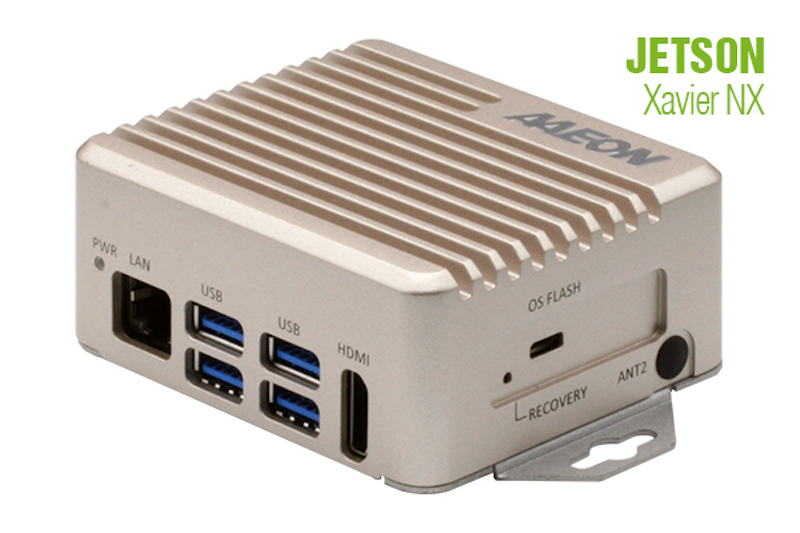Recent Posts
AI Edge-Computing Embedded Box PC Powered By NVIDIA Jetson Platform
Posted by on
AAEON, a manufacturer of embedded AI and edge-computing solutions, announced it is releasing various integrated platforms, expanding a lineup of AAEON AI edge-computing solutions powered by the NVIDIA Jetson platform.
The AAEON products implement interfaces required for edge computing in a small form factor, to create applications for all levels of users, from makers to more advanced developers for deployments in the field. The products include:
The BOXER-8251AI features the Jetson Xavier NX, an AI processing module with 384 CUDA cores, 48 Tensor Cores, and two NVDLA engines able of controlling multiple neural networks in parallel and performing processing speeds up to 21 TOPS
The BOXER-8240AI features the Jetson AGX Xavier, presenting workstation performance with 512 CUDA cores and 64 Tensor Cores achieving processing speeds up to 32 TOPS
The BOXER-8222AI features the Jetson Nano, able of managing various neural networks or processing several images simultaneously with 128 NVIDIA CUDA cores achieving processing speeds up to 472 GFLOPS
Furthermore, AAEON added a version of the BOXER-8120AI, now featuring the Jetson TX2 4GB module, implementing a choice for AI edge computing with 256 CUDA cores achieving processing speeds up to 1.3 TFLOPS.
AAEON is a partner in the NVIDIA Jetson ecosystem. The NVIDIA Jetson family of products renders the performance and power efficiency to control autonomous machines, bringing modern AI, deep learning, and inference to embedded systems at the edge.
Real-Time Systems: Design Principles for Distributed Embedded Applications
Real-Time Systems concentrates on hard real-time systems, which are computing systems that must satisfy their temporary specification in all expected load and fault scenarios. The book emphasizes the system aspects of distributed real-time applications, discussing the issues of real-time, distribution, and fault-tolerance from an integral point of view.
A unique cross-fertilization of ideas and concepts between the academic and industrial worlds has led to the incorporation of various insightful models from industry to describe the basic scientific concepts in a real-world setting. Compared to the first edition, new developments in complexity management, energy and power management, dependability, security, and the internet of things, are addressed.
The book is written as a standard textbook for a high-level undergraduate or graduate course on real-time embedded systems or cyber-physical systems. Its pragmatic approach to solving real-time problems, along with many summary exercises, makes it an exceptional choice for researchers and practitioners alike.
 Loading... Please wait...
Loading... Please wait...


